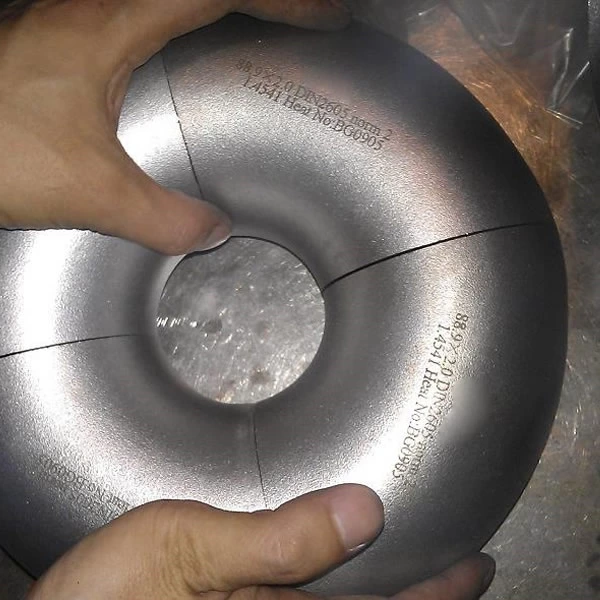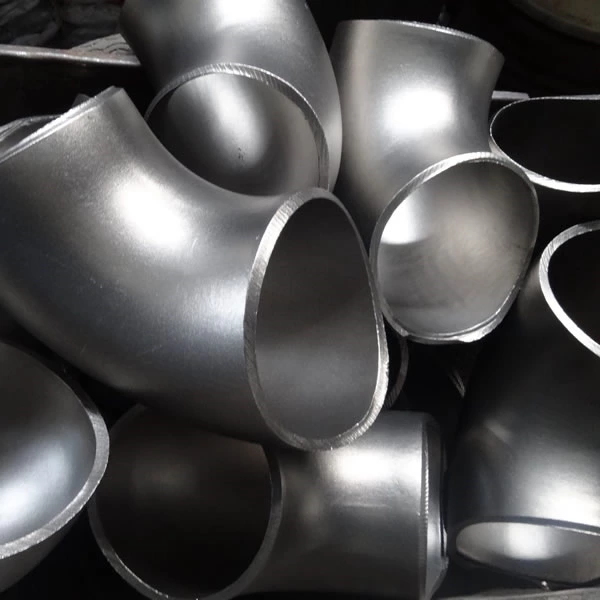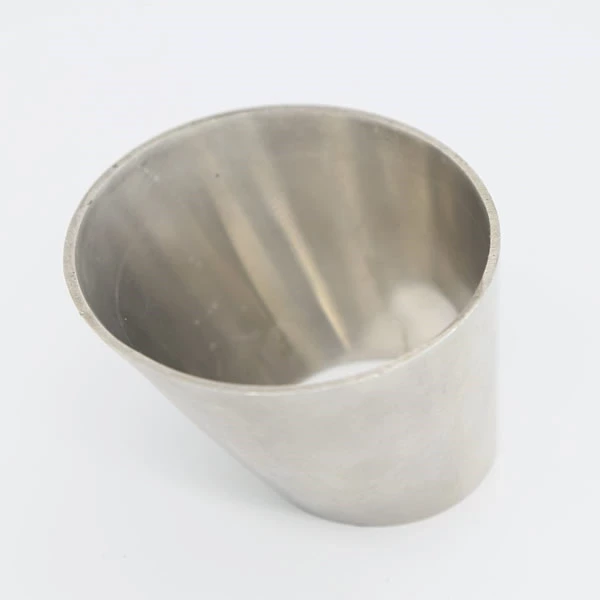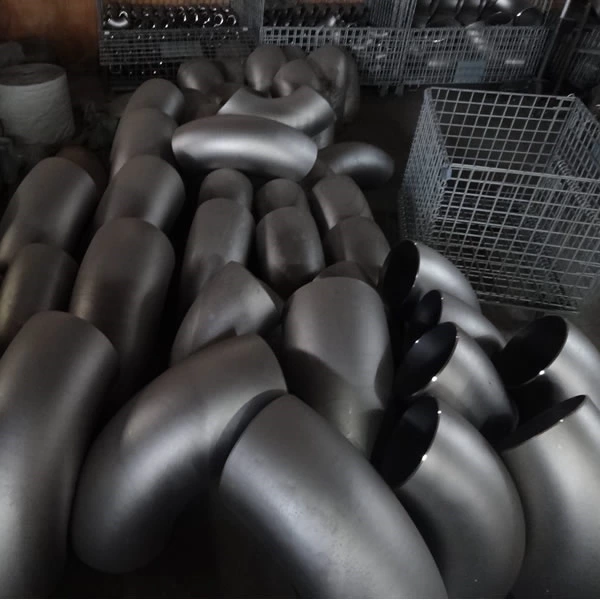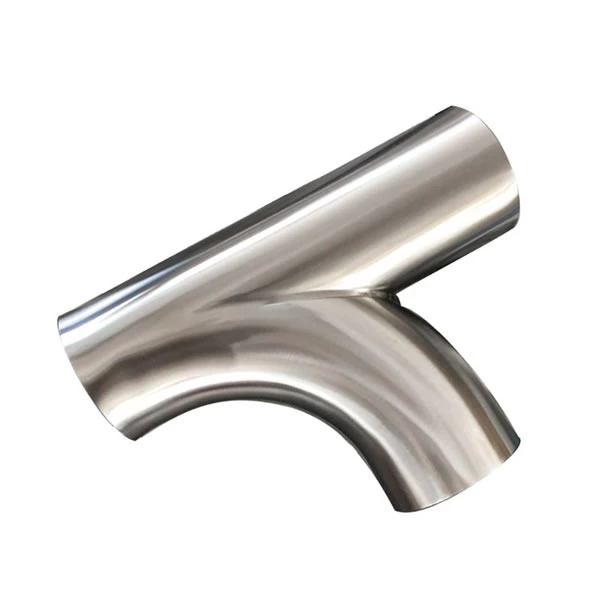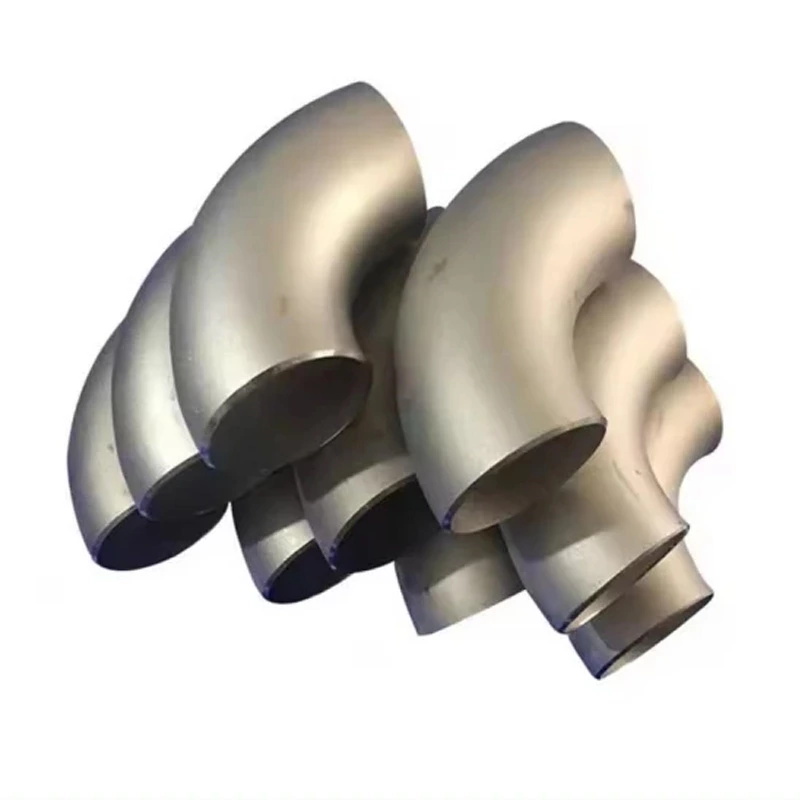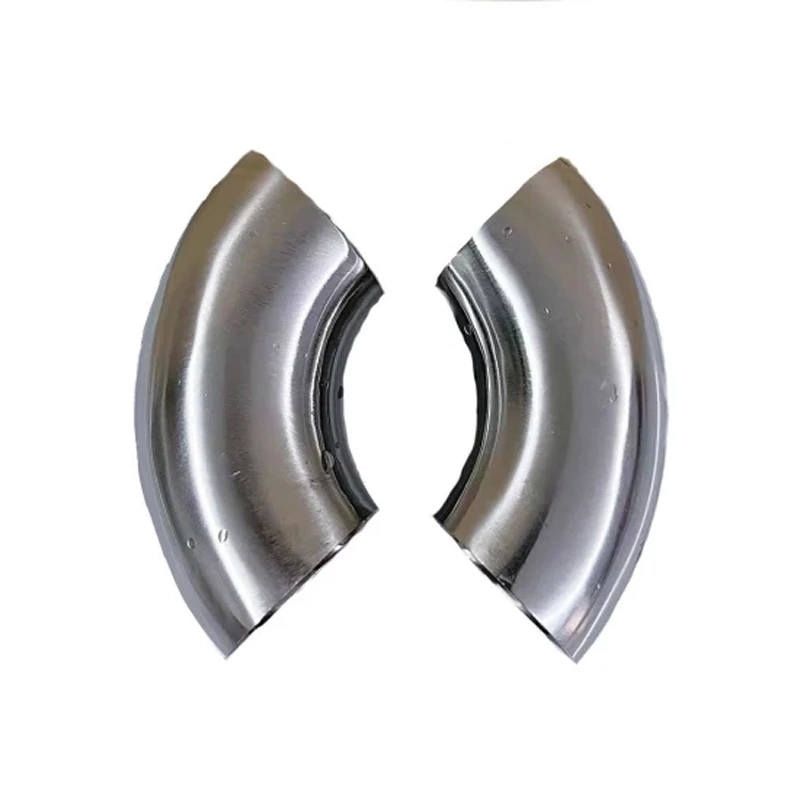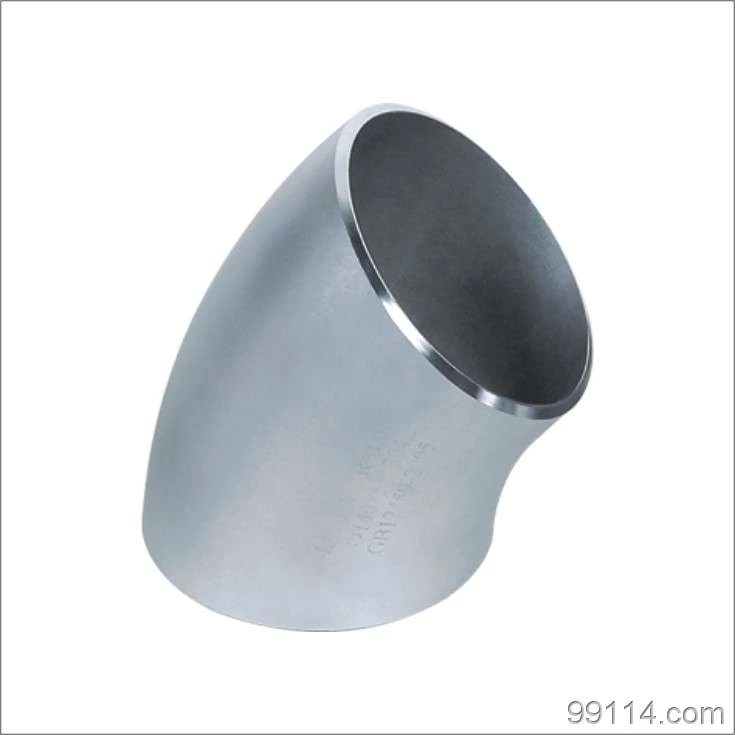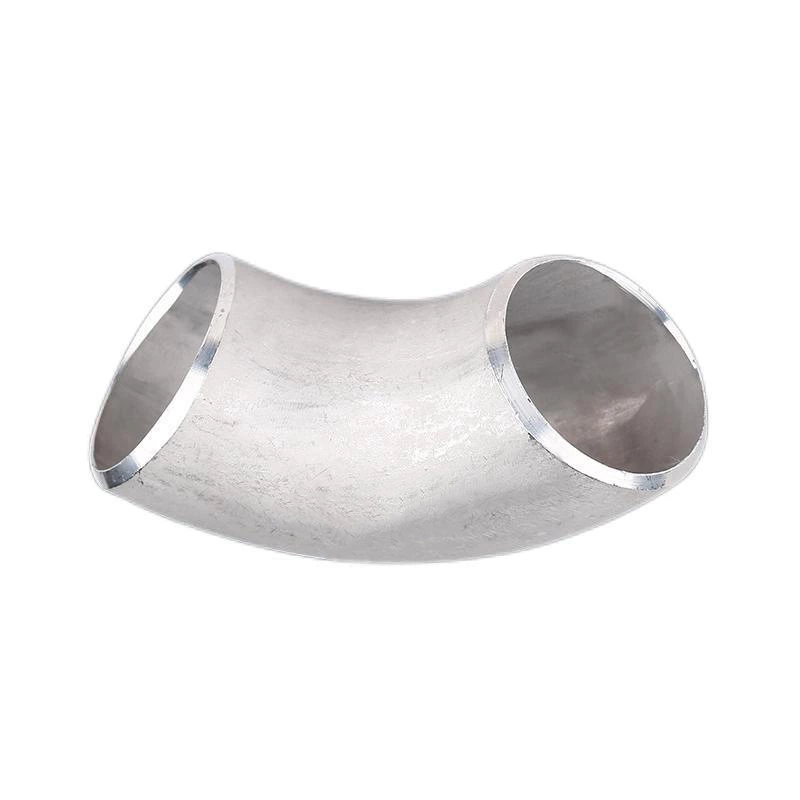Protection Method Of Casting Process Of Stamping Elbow In Stainless Steel Pipe Fittings
When the stainless steel stamping elbow and the cylinder body are welded together, attention should be paid to the cleanliness of the surface to prevent welding slag contaminants and pickling of the surface caused by welding. Prevent scratches on the surface of the stainless steel stamping elbow, which may cause water leakage in the pipeline. Prevent iron ion pollution and oxidation. Do not place the stainless steel stamping elbow in the open air to prevent rain and moisture. Do not force it to be welded together. After the stainless steel stamping elbow is produced, it should be pickled. Be careful not to use reducing acid for pickling to prevent the reduction of the substance.
Stainless Steel Weld Elbow protection method of casting process:
1. Through such protection, the oxygen content in the stainless steel stamping elbow will remain unchanged or decrease.
2. The water entering the crystallizer liquid level is protected by protective slag (argon is passed above).
3. The water in the stainless steel stamping elbow is protected by alkaline slag in the middle package, and argon (nitrogen) gas is blown into the whole casting process for protection.
4. Before water is injected into the tundish, the tundish is filled with argon (nitrogen) for about 6 minutes to make the oxygen content in the tundish <2%.
5. The water in the tundish enters the crystallizer through the immersion nozzle, and the nozzle and the tundish are sealed.
6. The stainless steel stamped elbow enters the tundish below the molten steel surface through the long nozzle protection, and the tundish is sealed with a cover, and the long nozzle and the tundish cover must also be sealed.
Stainless steel stamped elbows are divided into cold stamping and hot stamping. Generally, cold stamping or hot stamping is selected according to the material properties and equipment capabilities. The forming process of the cold extrusion elbow is to use the elbow forming machine, put the tube blank into the outer mold, and after the upper and lower molds are closed, the tube blank moves along the reserved gap between the inner mold and the outer mold under the push of the push rod to complete the forming process.
